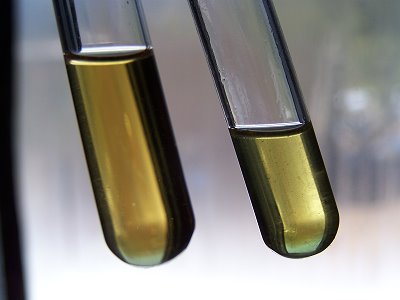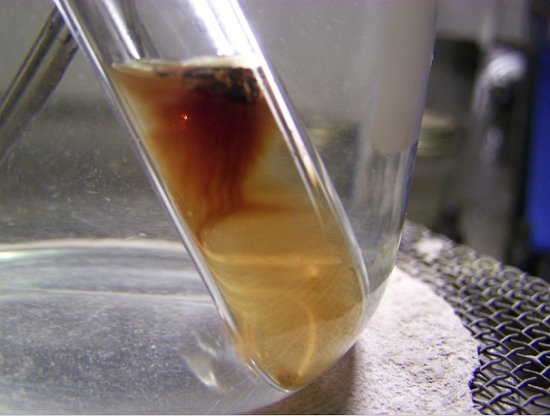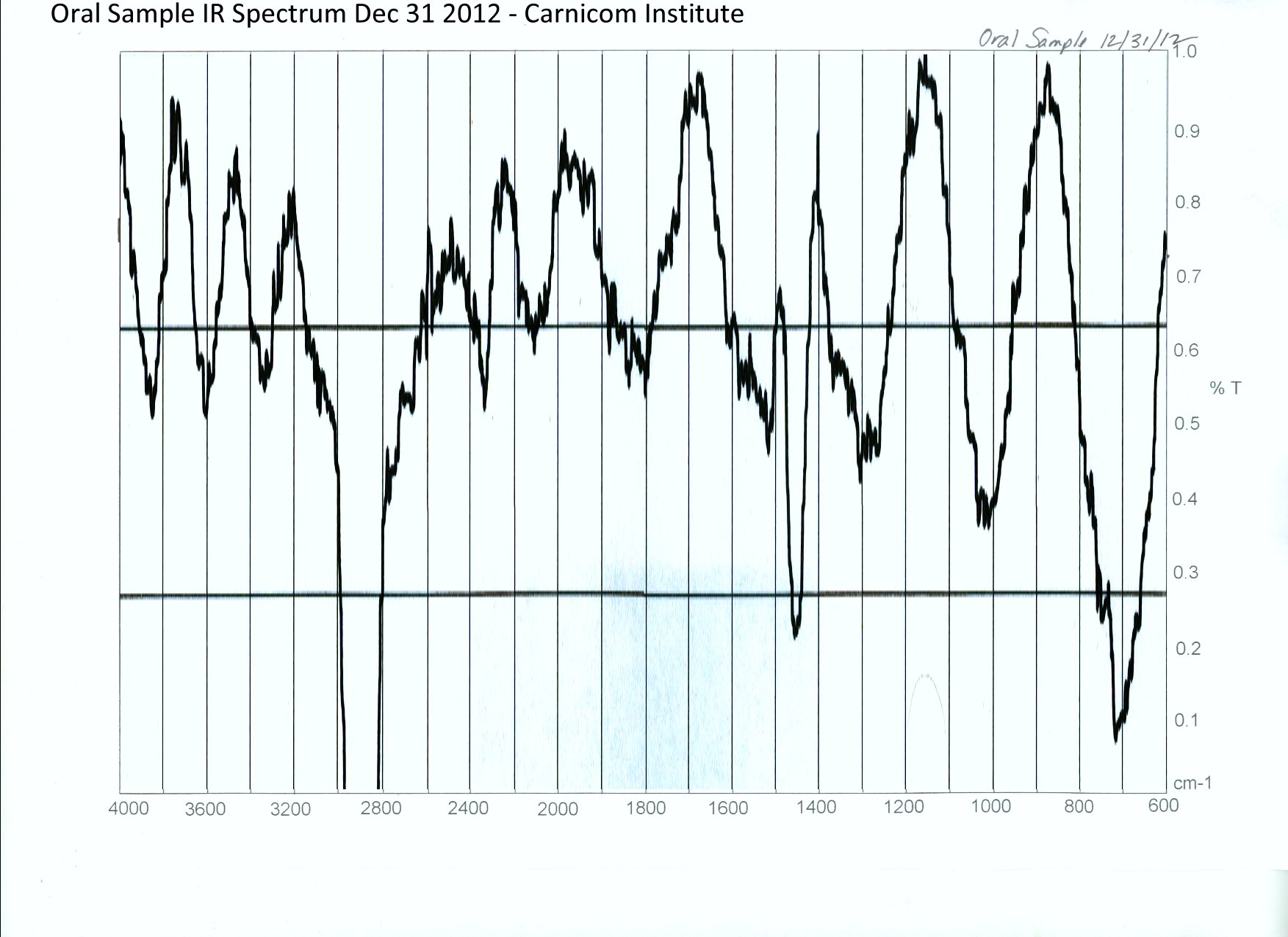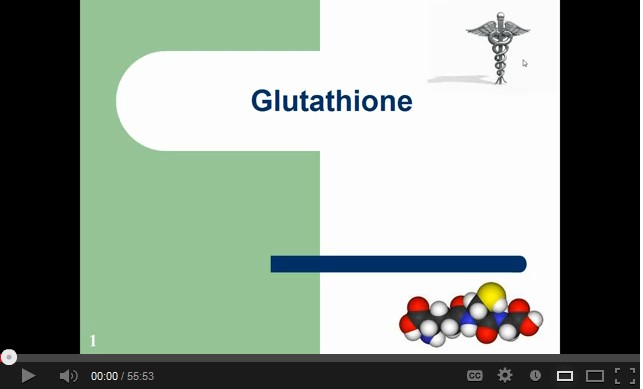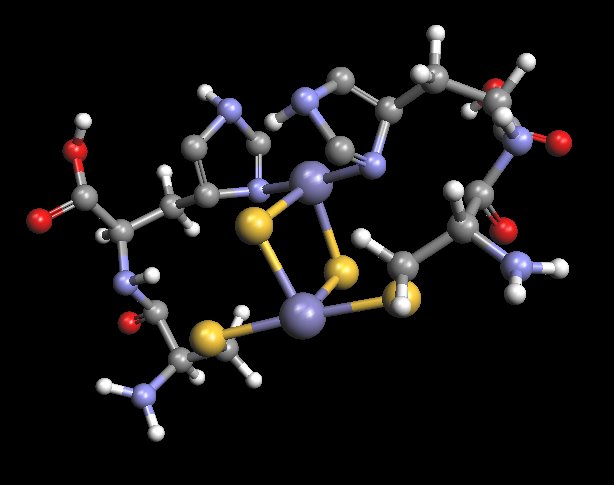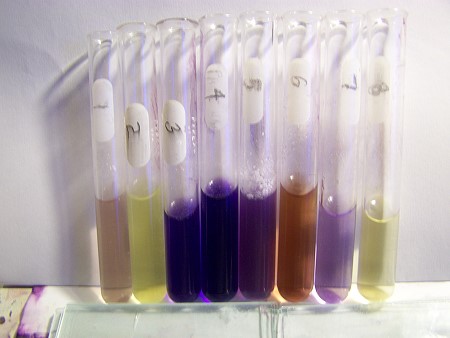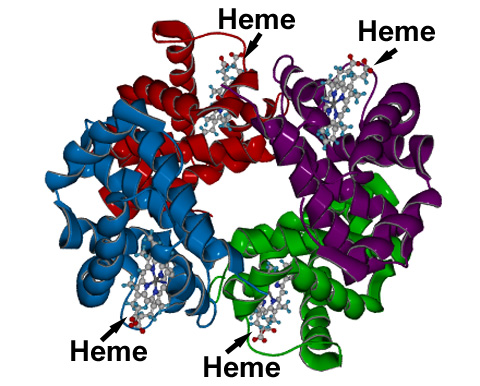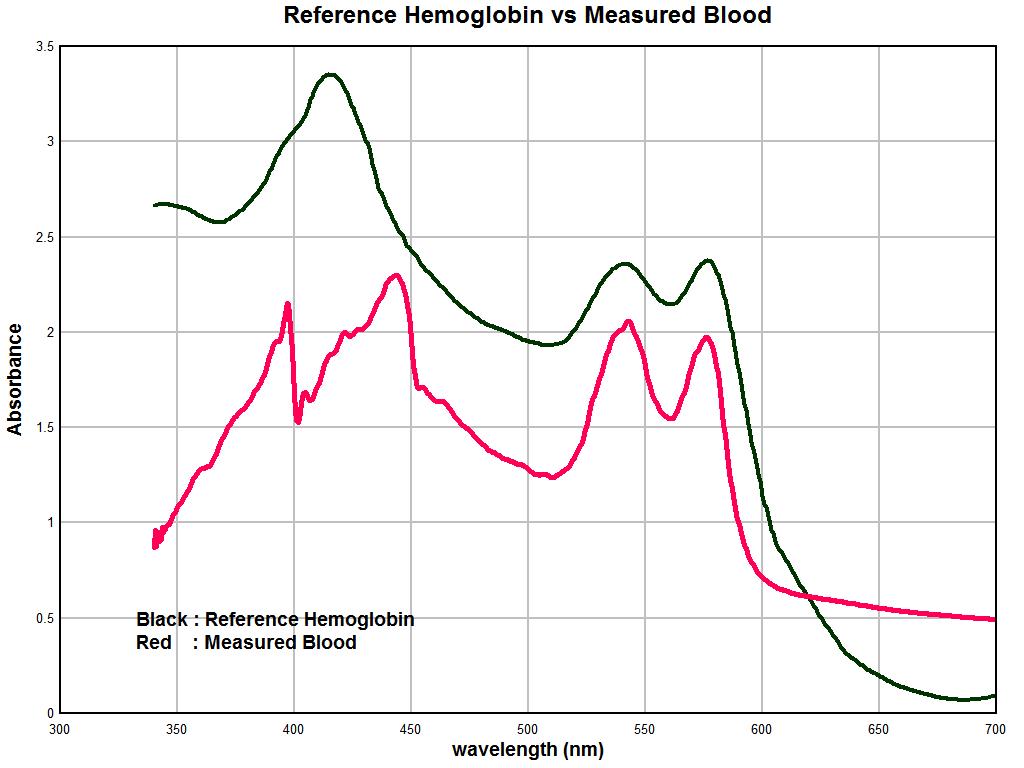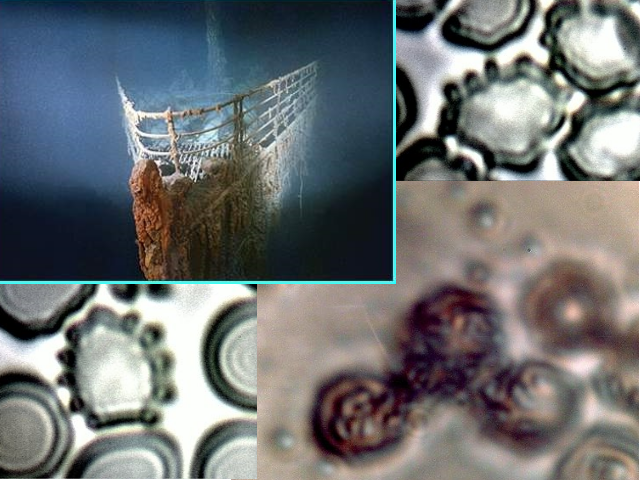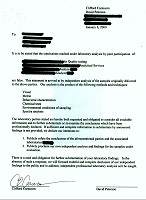
Environmental Filament : False Report
It is now appropriate to disclose the circumstances involving a laboratory report on an airborne filament sample that was paid for in the year of 1999. This report was issued jointly by three separate companies and they shall remain anonymous at this time. It is now appropriate to present this information as the conclusions of the report are undeniably false. Whether or not there was intent to misrepresent the facts of the case is not to be discussed in this paper; the purpose is to disclose information that is relevant to the public interest and welfare. The laboratory was hired and paid significant monies to analyze and identify the very same airborne environmental filament sample that was sent to the United States Environmental Protection Agency (EPA) during this same time period of 1999-2000. The failure of the EPA to identify that sample is adequately documented in this site. This report will chronicle the events that surround this affair.

